By Jim Tanoos, with pictures and activities from annual study abroad visits to Munich, Prague, Hamburg, and Rotterdam by students from Purdue University in Indiana, USA
STOP 1 OF 4): MUNICH, GERMANY
One-day public transportation pass X 2 days = €14
Royal Palace entrance-pass: €7
Germany has the strongest economy in the EU, and the southern region of Bavaria has the strongest economy in Germany. Munich, the largest city in Bavaria, is both a cultural hub (as the center of Oktoberfest) and the economic engine/high-tech center of Germany. The city boasts an advanced public transportation network and world-renowned infrastructure (see typical U-bahn below).
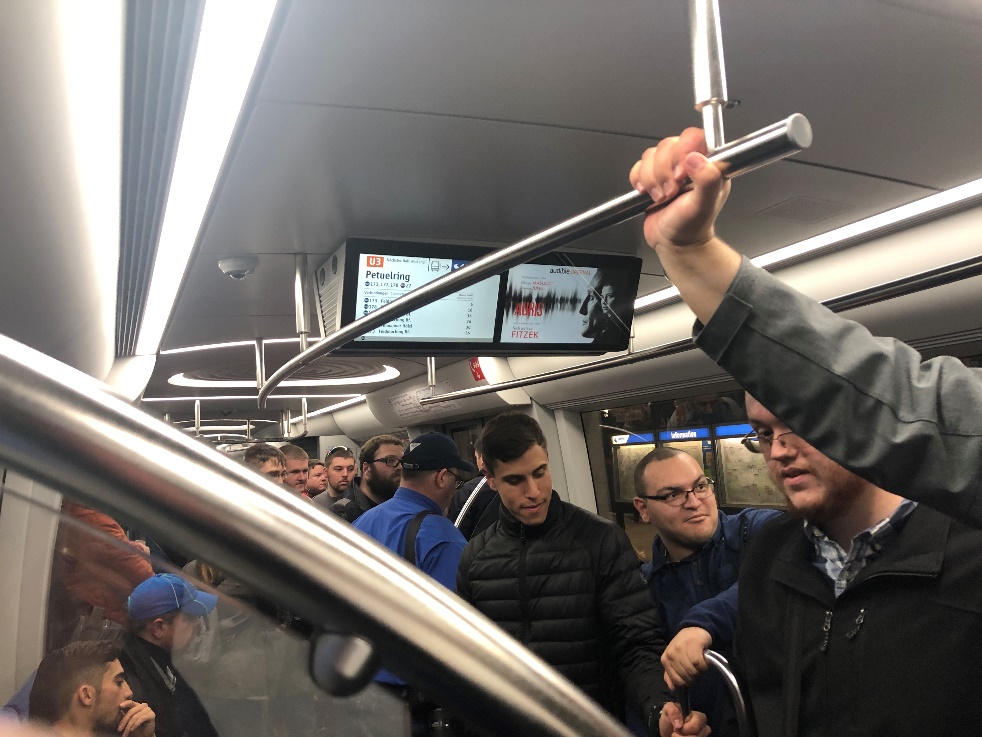
VISIT THE ROYAL PALACE
Numerous cultural activities are available in the City Centre of Munich, including the Royal Palace. First constructed in 1385, the Royal Palace is the largest city palace in Germany and was formerly home to Bavarian monarchs. It was rebuilt after being damaged during World War II, when 88% of the buildings in Munich’s City Centre were destroyed. Take the U-Bahn on either the orange U-3 or blue U-6 lines and get off at either the Marienplatz or Odeonsplatz stations.
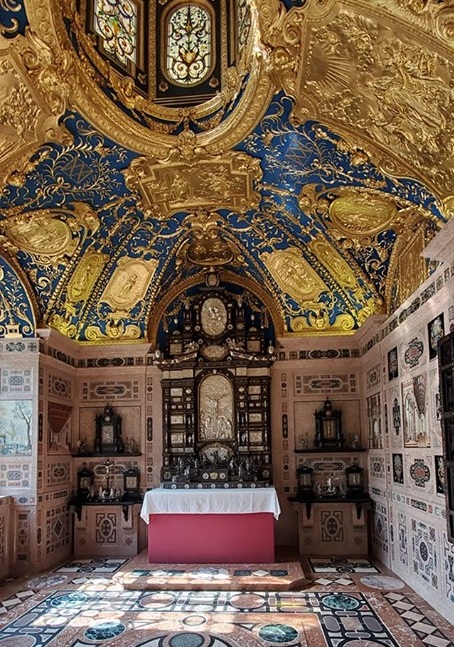
Some German cities established commissions to determine how to rebuild after World War II. While some such as Hamburg chose to rebuild in a modern fashion, Munich chose to study old photographs and rebuild its old town area to replicate the original design, which includes the Royal Palace and other relics of the city’s historic center. The Munich Town Hall in Marienplatz, where the mayor and city council conduct business, suffered damage during Allied air raids in 1944, but was later rebuilt in the same style. The famous Glockenspiel (below) plays twice every day. Take the U-Bahn on either the orange U-3 or blue U-6 lines and get off at the Marienplatz station.

EXPERIENCE A TASTE OF OKTOBERFEST AT HOFBRÄUHAUS
The popular image of Germany (bratwurst, lederhosen, pretzels, etc.) comes from Oktoberfest was inaugurated when King Ludwig I celebrated his wedding by inviting Munich’s citizens to eat and drink with the Royal Family in 1810. A restaurant that depicts this spirit is the Hofbräuhaus (below), founded in 1589 by the Duke of Bavaria. It formerly served as the royal brewery in the kingdom of Bavaria, but the general public began to be admitted in 1828. Today it is owned by the state of Bavaria. Be sure to make a reservation in advance and request festival seating in order to enjoy the authentic Bavarian music on stage. Take the U-Bahn on either the orange U-3 or blue U-6 lines and get off at the Marienplatz station.

Dachau Concentration camp was the first concentration camp in Germany and was a model for subsequent German camps as well as Joseph Stalin’s gulags. It was initially constructed to hold German and Austrian political dissidents after the prisons became overcrowded in March 1933, and many prominent politicians were sent there. It eventually took in Soviet prisoners and also served as a concentration camp for more than 10,000 Jewish men. More than 4,000 political dissidents were killed there, which was against the Geneva Convention. After it was liberated by the Americans, it was used by the Allies to hold SS guards awaiting trial and as a military base until 1960. Its official records totaled 206,206 prisoners. Take the S-Bahn on the green S2 line, get off at Petershausen, get off, and hop on bus 724 or 726 to Concentration Camp Memorial Site.
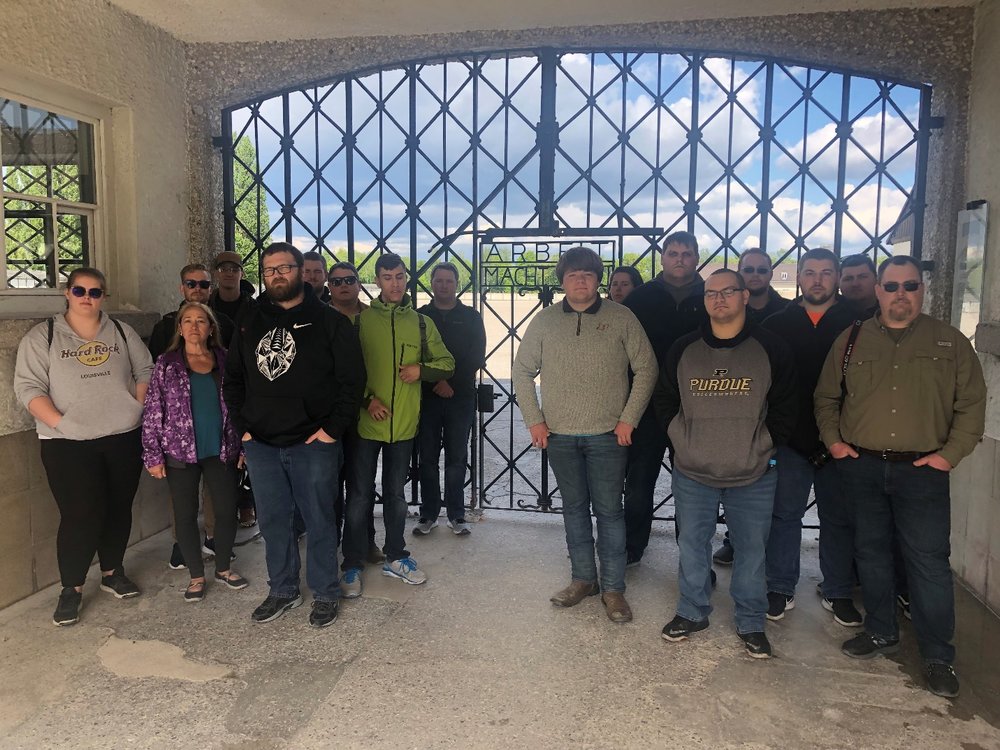
SEE OLYMPIA PARK
Soaring over the city is the 290-meter high Olympic Tower at Olympia Park. This area witnessed much economic development after 1966 when the International Olympic Committee awarded the 1972 games to Munich. Olympia Park became a case study in how sporting events can be a catalyst for both urban development and private economic development. The announcement of the 1972 Olympics in Munich set a precedent that the Super Bowl committee adheres to today, as plans are solicited for gentrification and other urban economic development in advance and economic development initiatives are intended to coincide with the event. The ’72 Games were marred by the infamous Munich massacre, in which eleven Israeli Olympians were taken hostage and killed. Take the U-Bahn on the orange U3 line and get off at the Olympiazentrum station.
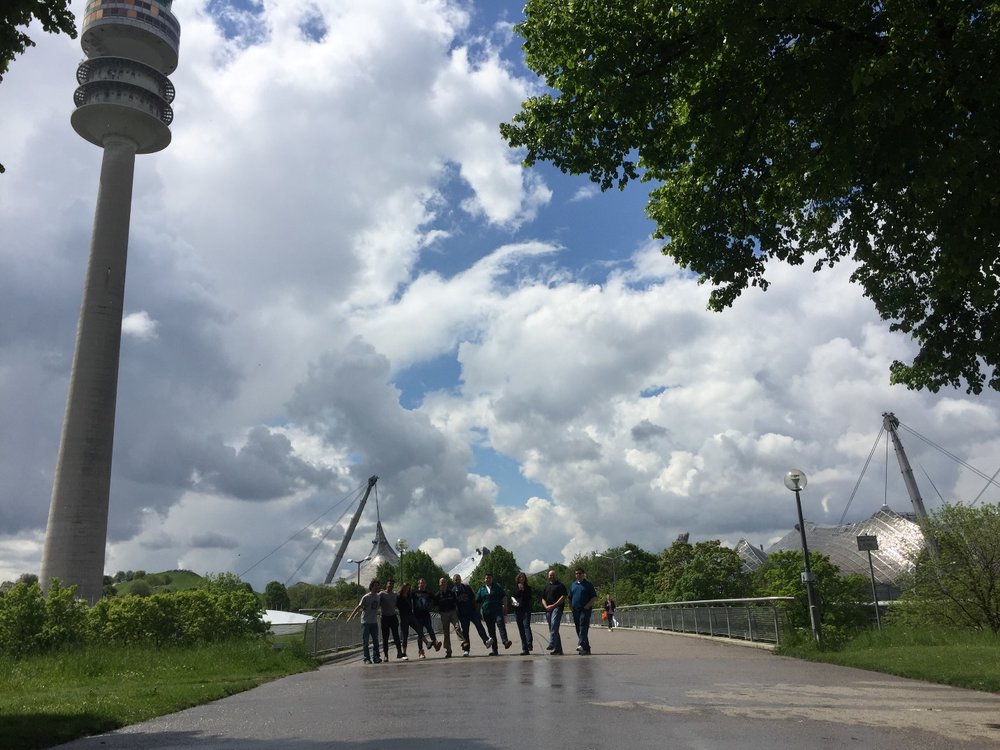
VISIT BMW WELT
Germany is the leading country in the EU in automobile production and has been called the world’s automotive innovation hub (Germany Trade & Invest, 2018). Bavaria claims 180 Tier 1-4 automobile suppliers, including factories for Mercedes-Benz, Volkswagen, Opel (GM), Audi, and BMW. BMW (Bavarian Motor Works) is a German automaker known for quality vehicles and value-added components. BMW Welt, also located in Olympic Village, is an exhibition/museum/event venue and open to the public (see below).
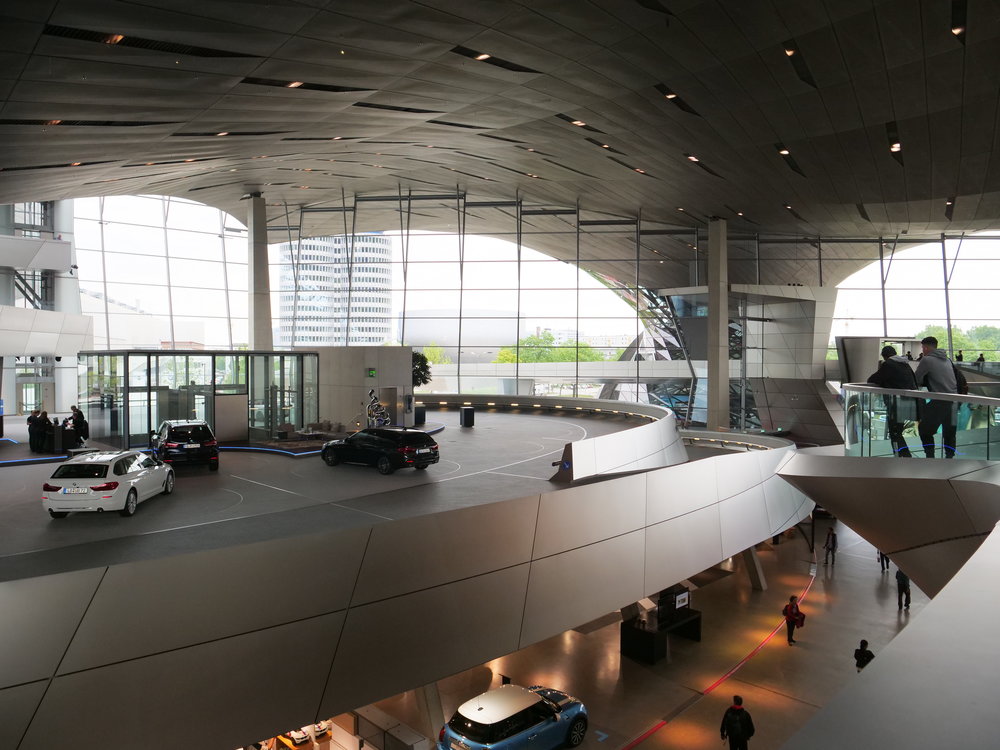
“In 2012 Munich and its region was ranked at an exceptional second place in the European Regional Economic Growth Index (E-REGI) among nearly 326 competitors from 33 countries in Europe (Colliers International, 2016)”. Munich has the highest per capita income in Germany, and many attribute this affluence to the US’s influence on its economy during the Cold War. The German Patent and Trademark Office established its headquarters in Munich in 1959 and has spawned many successful multinational organizations originating in Munich. The building in the background of the picture below houses Siemens AG, the largest manufacturing/electronics company in Europe, headquartered in Munich. Below, near the Siemens AG campus is the Statue of Maximilian I of Bavaria. Take the U-Bahn on either the orange U-3 or blue U-6 lines and get off at the Marienplatz station.
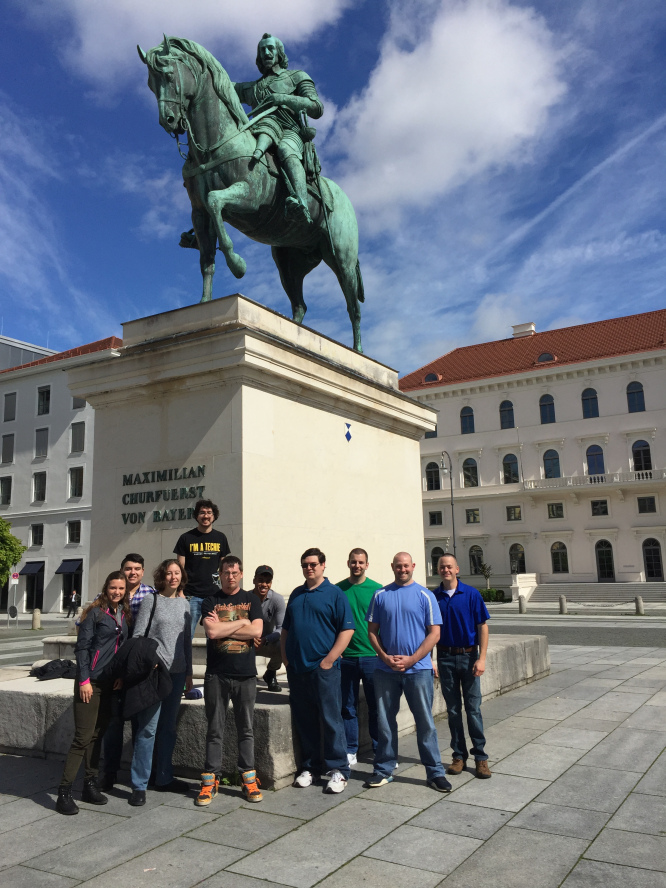
Of course, soccer is the most popular sport in Europe. FC Bayern Munchen, the local team, was ranked #4 on the Forbes list of most valuable soccer organizations, valued at $3 Billion usd (Forbes, 2019). This value was enhanced after a 10-year deal with German-based Adidas as the official athletic apparel of the company, where you can stock up on official gear (see picture below) at Allianz Arena. Or better yet, come at night when the stadium is lit up in bright red. Take the U-Bahn on the orange U-3 line, get off at the Fröttmaning station, and walk for a few minutes to the arena.
Continue the journey through Central Europe with Jim! Next stop is Prague, Czech Republic. Click here to continue. See you in Prague!
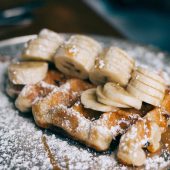


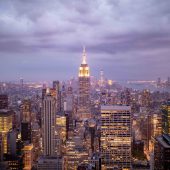
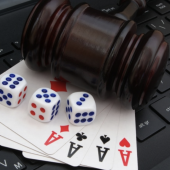
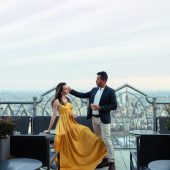
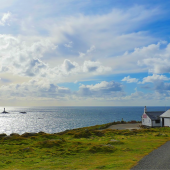

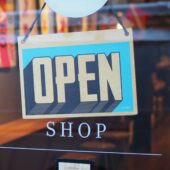

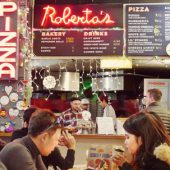
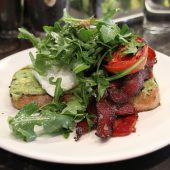
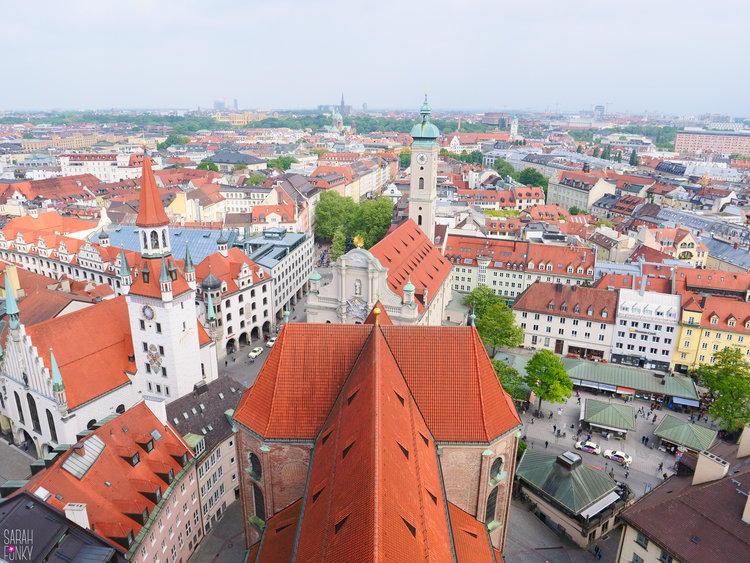
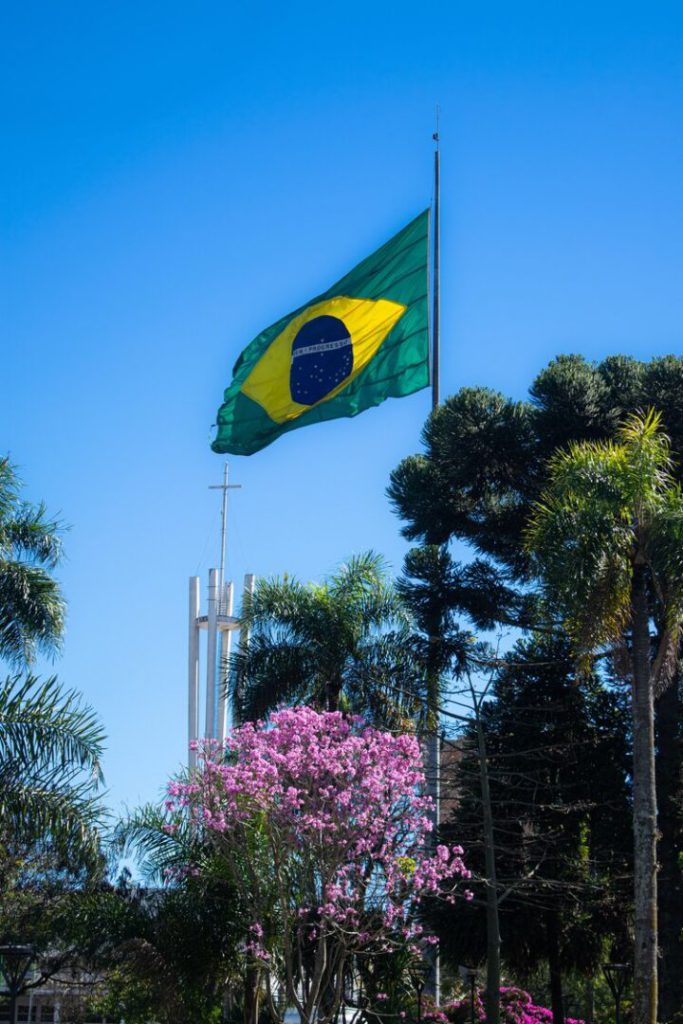
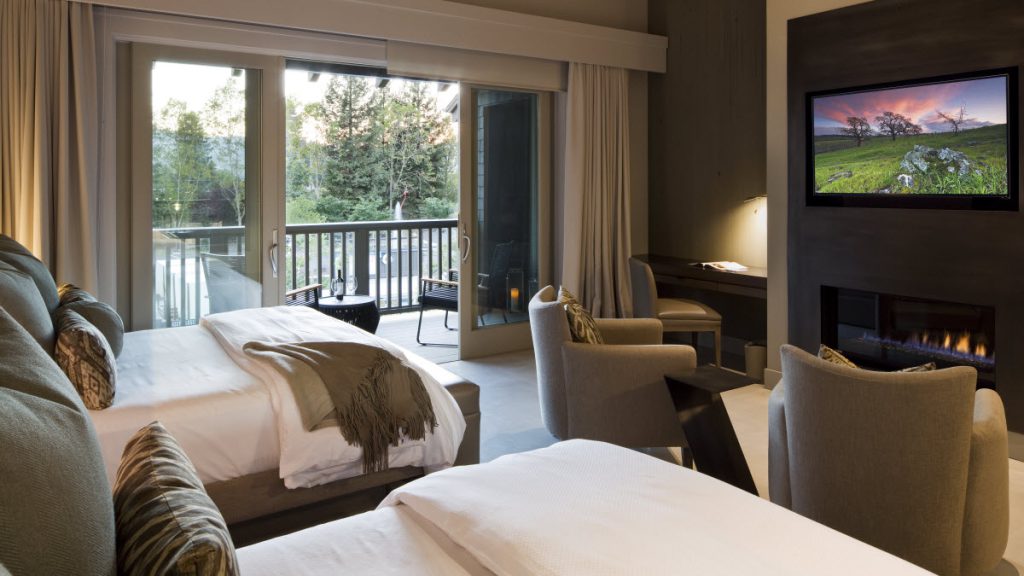
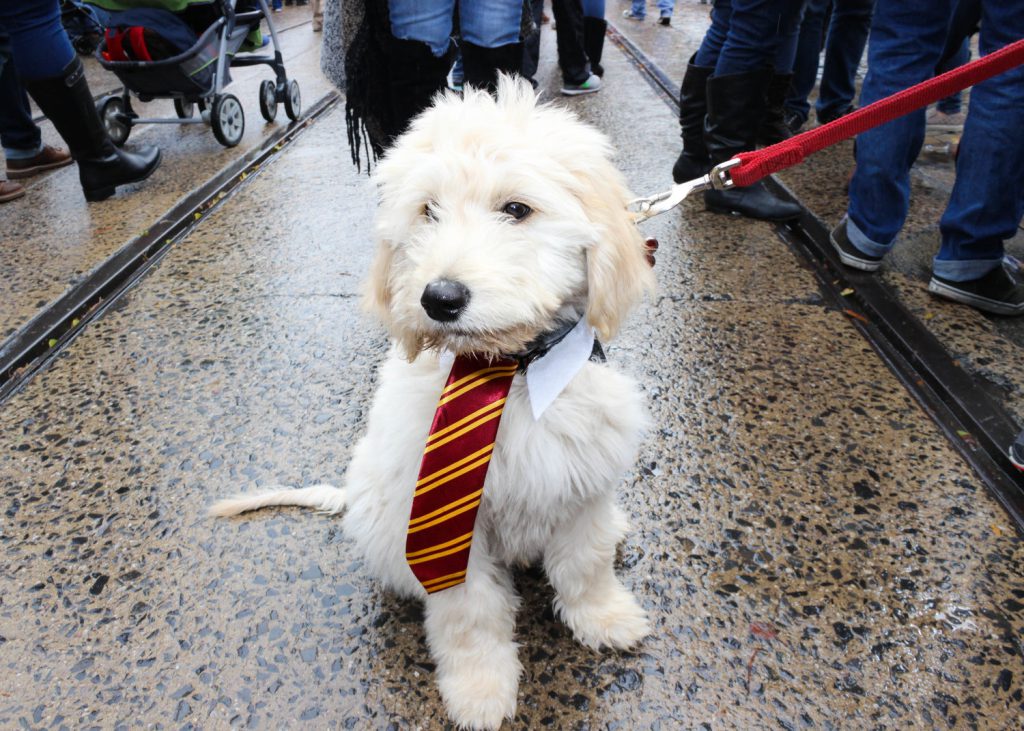
This site is protected by reCAPTCHA and the Google Privacy Policy and Terms of Service apply.